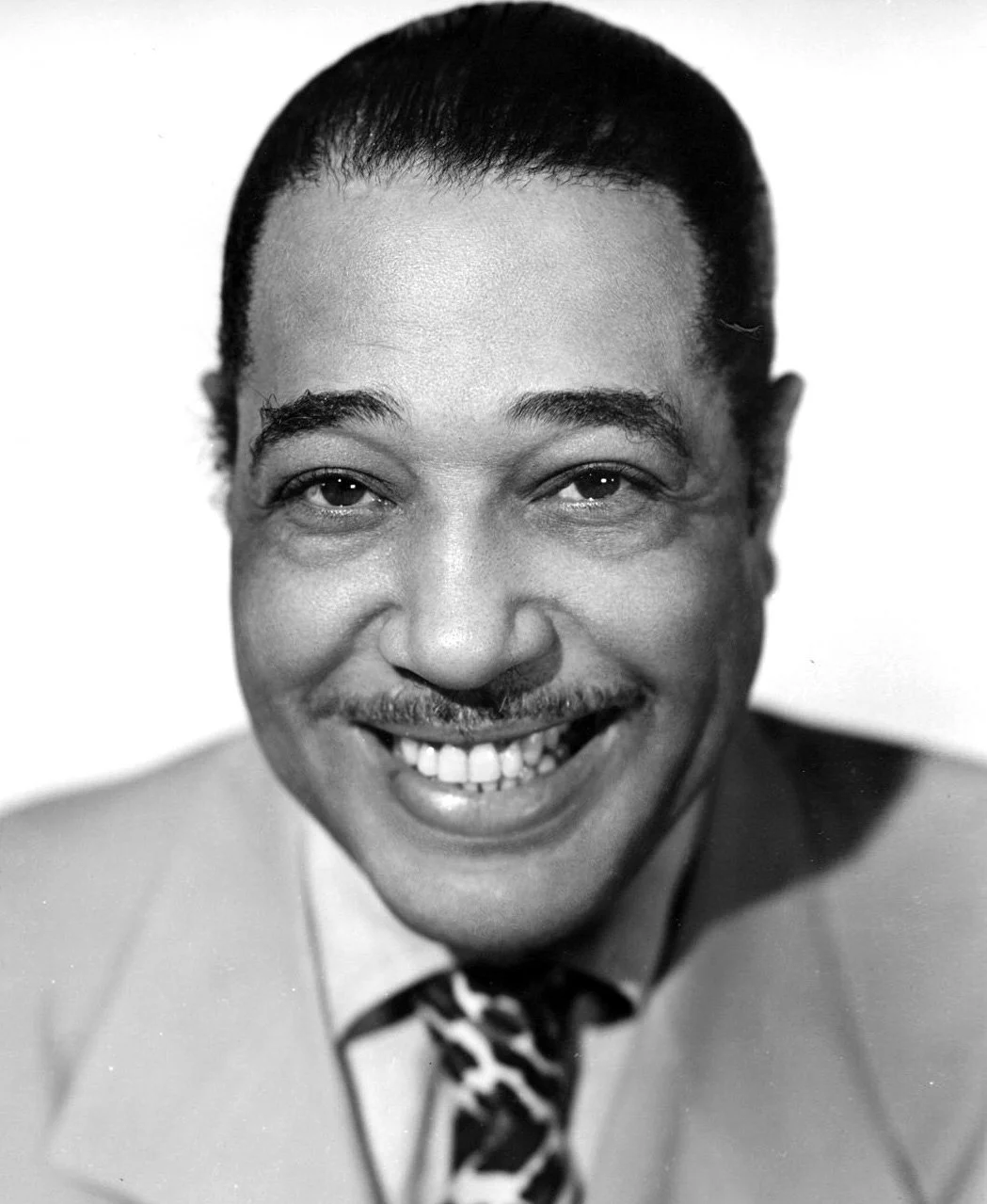Jazz in the American Worship Context
by Jon Ailabouni
“Over the course of the 20th century, jazz emerged as a powerful expression of human dignity, sophistication, and soulfulness in the face of oppression. Jazz is an audible form of resistance. It is a rebuke of hatred. It is freedom music. ”
What is “Jazz”?
Jazz is a form of Black American Music. Ironically, the people who are best identified with the genre of jazz - musicians like Duke Ellington, Charlie Parker, Mary Lou Williams, Miles Davis, Charles Mingus, and John Coltrane - resisted and in some cases openly despised the term “jazz”. Duke Ellington said, “I don’t write jazz. I write Negro folk music.” John Coltrane said, “Jazz is a word they use to sell our music, but to me that word does not exist.” In another interview Coltrane said, “My music is the spiritual expression of what I am — my faith, my knowledge, my being...When you begin to see the possibilities of music, you desire to do something really good for people, to help humanity free itself from its hangups...I want to speak to their souls.”
“I don’t write jazz. I write Negro folk music”
Because jazz was first played in New Orleans’ notorious red-light district, the word became associated with immorality. Starting in the 1910’s and persisting into the 1960s (and beyond), negative connotations about jazz mixed with racist tropes and stereotypes which were wielded by white people in the media, politics, and the church to denigrate and discriminate against the artists, particularly Black artists, and the music.
Defying repressive labels, the musicians we know of today as jazz artists crafted innovative freedom music in the midst of a society that dehumanized and terrorized Black people. Over the course of the 20th century, jazz emerged as a powerful expression of human dignity, sophistication, joy, lament, and soulfulness in the face of oppression. Jazz is an audible form of resistance. It is a rebuke of hatred. It is freedom music.
Democracy in Sound
Jazz is also an audible expression of American democracy. To learn and perform this music is to practice core democratic principles of equality, liberty, justice, and freedom in collaboration with other musicians. Democracy is imbedded in this music tradition through the flow of improvisation, interplay between composer, arranger, and performer, and expression of diverse parts within the unity of a groove.
Jazz in Worship
Bringing jazz into worship settings connects the life of the Church, through Jesus' resurrection and message of liberation and justice, with the lives of the oppressed, past and present. Jazz - along with other forms of Black American music - expresses the simultaneous sounds of lamentation and hope. Lament provides space to openly name and grieve all that separates us from God’s love and from one another including racism, sexism, homophobia, ableism, ageism, Christian nationalism and all forms of hate, fear, and discrimination. The hope in this music empowers us for the ongoing work of mutual liberation in our selves, communities, churches, and in the world.
ANTIRACIST BULLETIN LANGUAGE
If you plan to use jazz and other forms of Black American music in worship, especially in predominantly white worship spaces, consider how you will contextualize this music to honor the peoples and cultures from which this music comes. Through this music, there is an opportunity to challenge Eurocentric notions in worship. The music can serve as an empowering connection point for antiracist and racial justice ministries broadly speaking within the church.
To help with the work of contextualizing jazz in worship I’ve drafted explicitly antiracist bulletin language that can be spoken, printed, or projected as part of the worship experience. Feel free to use words from this blog post as well as they are relevant to your context.
Reparation Royalties
I encourage congregations and worship leaders to consider ways to allow money to flow through the church towards organizations working for racial justice. This is a practice sometimes known as reparation royalties. Reparations royalties can come in many forms including a special offering or budgeted funds. In any form, the funds are meant to honor the work of enslaved Africans and their descendants who were not credited or compensated for their music. Negro spirituals in particular make up the most important body of work that is meant to be honored by reparation royalties. Many of my arrangements are based on Negro spirituals. I have a system in place for 10% of the proceeds from purchases in my web store to be donated to organizations such as the Color of Change and the NAACP.
For living examples of reparation royalties in action check out The Center for Congregational Song’s Reparations Royalty Pilot Program and Good Shepherd Lutheran Church (Decorah, IA) Reparation Royalties Proposal.
Further Reading
Otis Moss III - The Jazz of Worship and Creole Faith
Duke Ellington publicity photo circa 1940. Image credit: public domain, photographer unknown.

